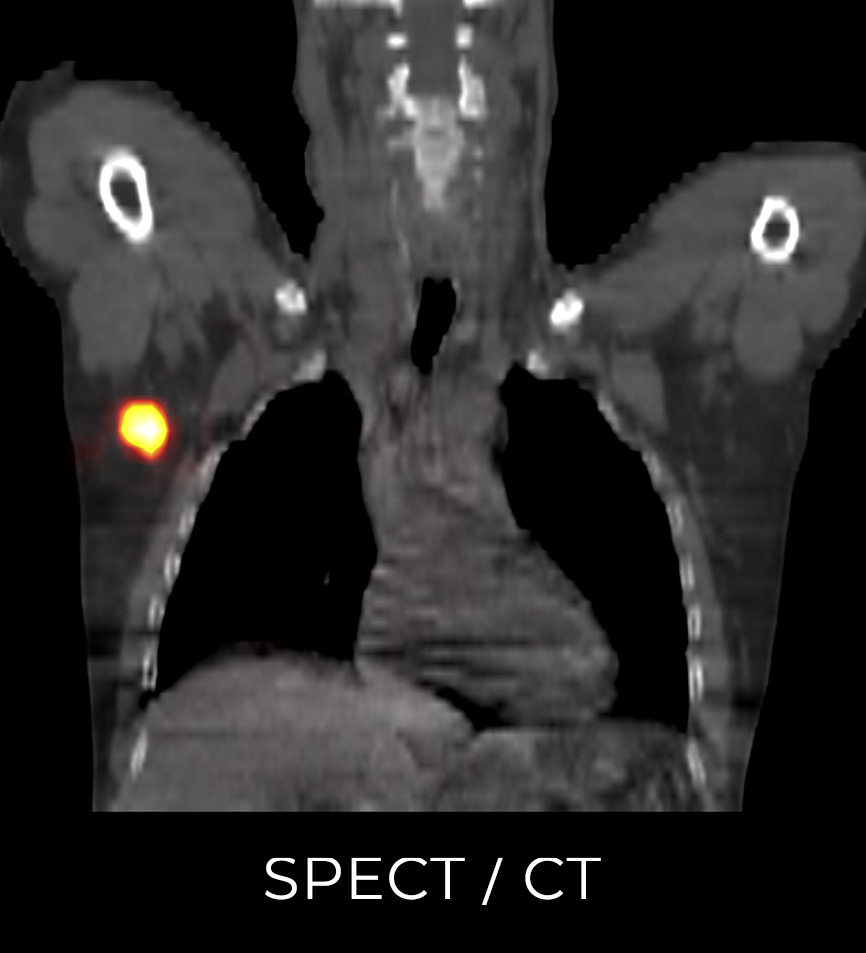
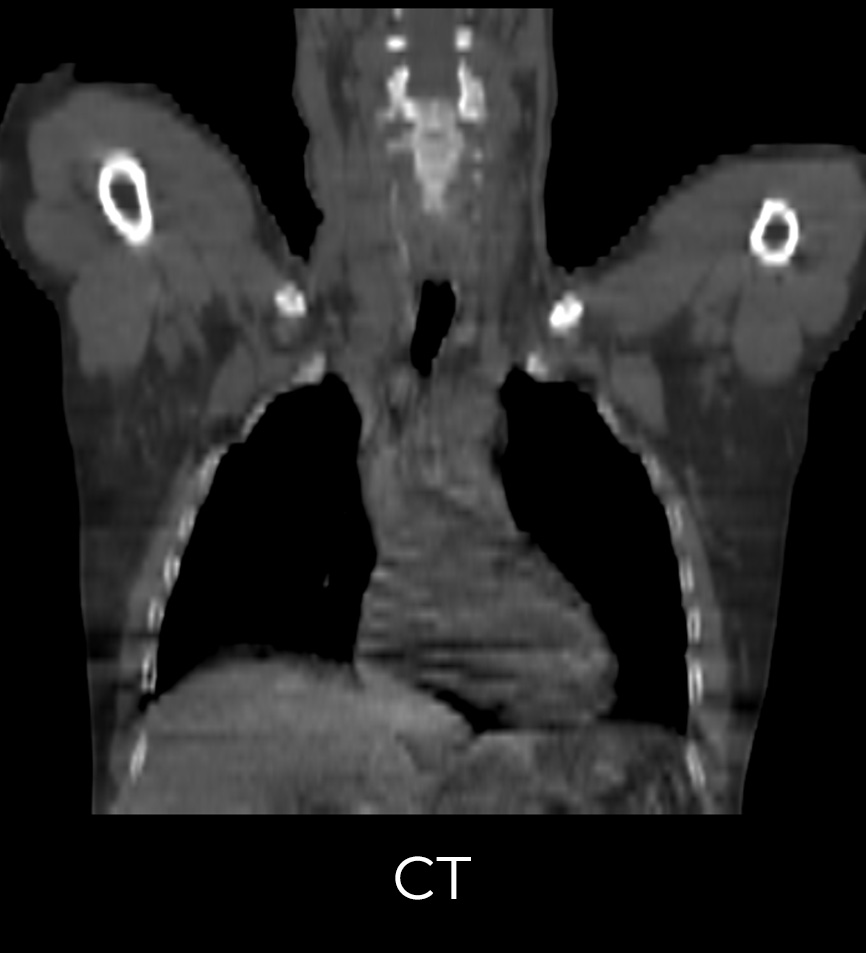
Anatomical imaging (CT) shows structures of organs, whereas molecular imaging (SPECT) images biological processes as highlighted by radiopharmaceuticals.
The Power of Molecular Imaging
In the dynamic landscape of cancer diagnosis, molecular imaging technologies like Positron Emission Tomography (PET) and Single Photon Emission Computed Tomography (SPECT) stand out for their ability to delve into the body’s molecular fabric, highlighting processes associated with cancerous tumors. Despite their potential for precise and early diagnosis, both PET and SPECT are grappling with a significant hurdle: limited imaging resolution. Current systems often struggle to capture the finest details of cellular processes, which can be crucial for early detection and precise localization of cancerous tissues.
Ziteo’s Innovation Advances Molecular Imaging
Enter the advent of High-Definition SPECT (HD SPECT), a groundbreaking innovation by Ziteo poised to revolutionize the field of molecular imaging.
By employing new proprietary gamma-ray optics, sensors, and methods, Ziteo’s HD SPECT delivers unparalleled image quality and details with millimeter-resolution. This technological advancement in molecular imaging is anticipated to increase the effectiveness of physicians to diagnose and treat cancer patients. By providing sharper, more accurate images, HD SPECT is expected to enable more timely and accurate detection of tumors, more precise targeting of radiation therapies, and improved monitoring of response to treatment.
Building on its novel HD SPECT technology, Ziteo is expected to further transform cancer care by introducing Z-Scanner, a multi-modality imaging scanner that integrates HD SPECT and ultrasound. This innovative image fusion aims to bridge a crucial gap between clinical diagnosis and interventions. The comprehensive view provided by ultrasound, to identify anatomical structures, and by molecular imaging, to highlight biological processes, will inform clinicians in performing highly accurate biopsies and ablations. This synergy of technologies is expected to pave the way for more effective and less invasive treatments, improving the speed of recovery.
Ziteo’s Z-Scanner and its HD SPECT core technology could mark the dawn of a new era in personalized cancer care driven by more accurate images and dosimetry.
Clinical Studies
We are thrilled to unveil the first clinical images captured by Ziteo’s groundbreaking HD SPECT technology, promising a new era in precision diagnostics and personalized care. These images showcase unprecedented clarity, revealing details of molecular processes within the human body.
This milestone sets a new benchmark for SPECT imaging excellence.
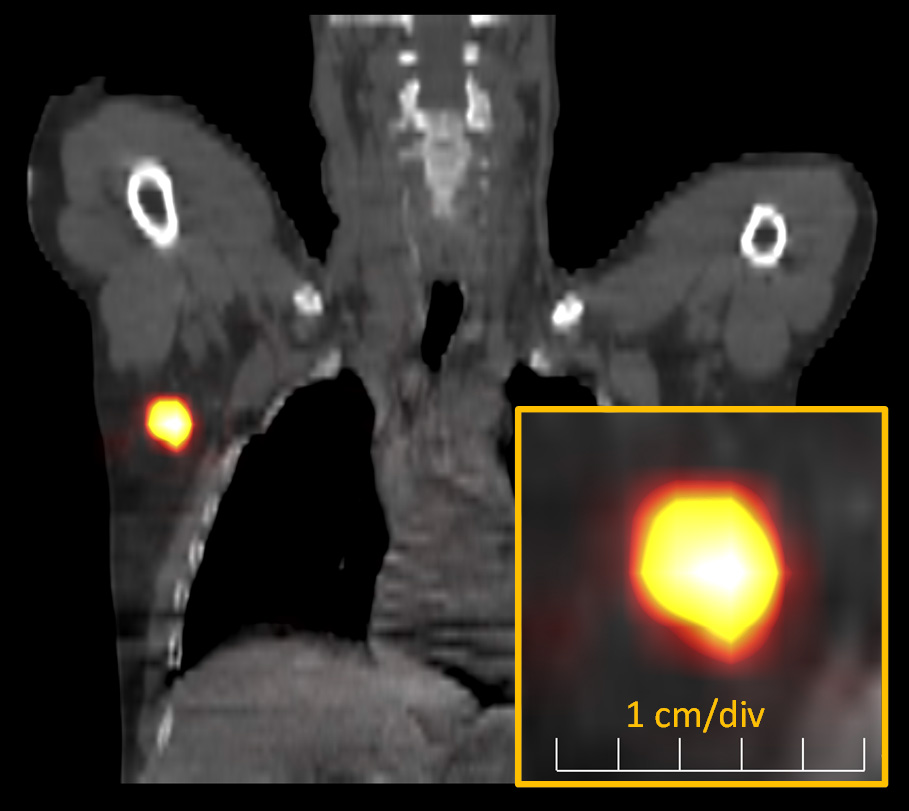
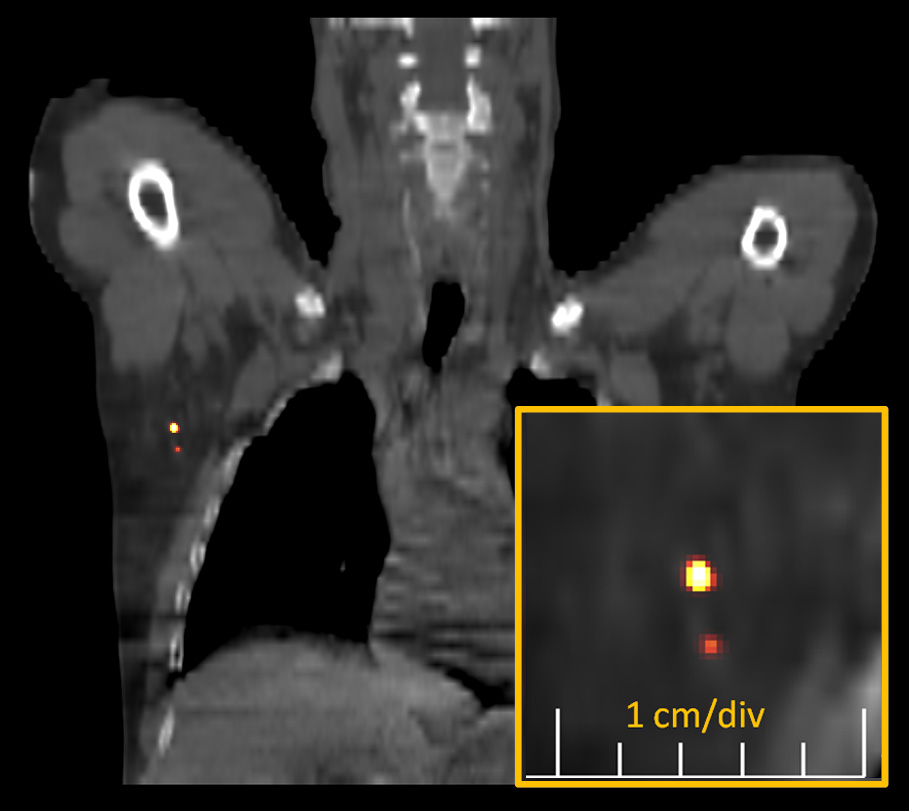
Ziteo’s HD SPECT image of potentially cancerous Sentinel Lymph Nodes (SLN) in a Melanoma patient highlighted by Tc-99m-Lymphoseek radiopharmaceutical clearly shows the presence and location of two SLNs that need to be excised by the surgeon. The standard-of-care SPECT scanner is only able to produce an image highlighting the region where the two nodes reside.
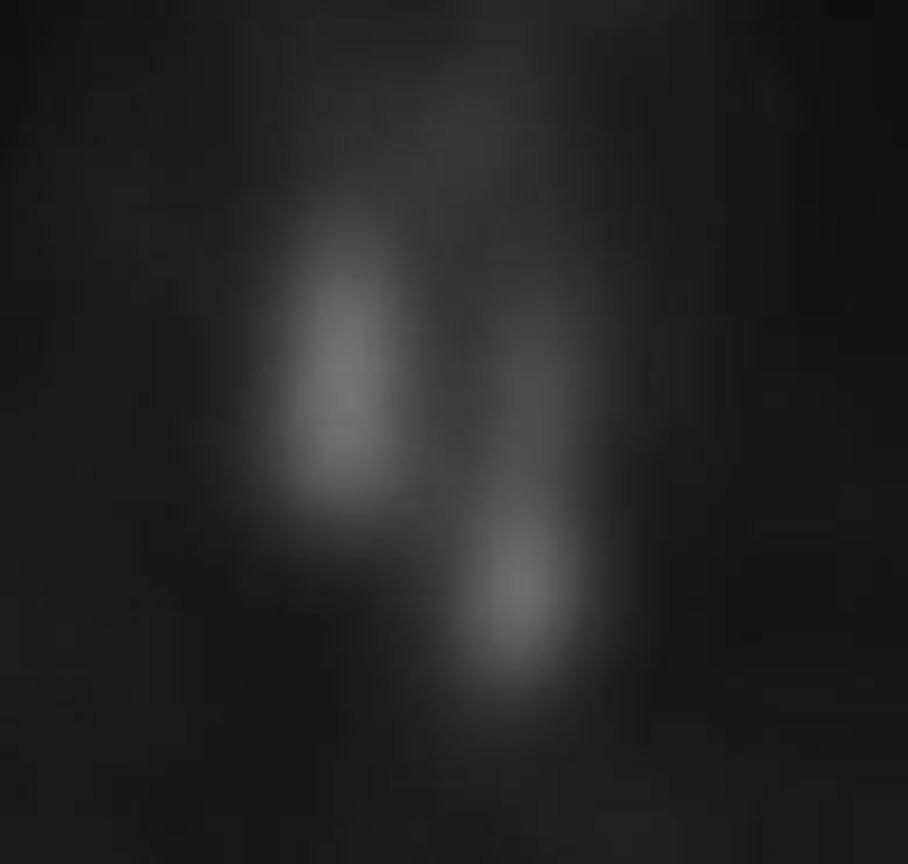
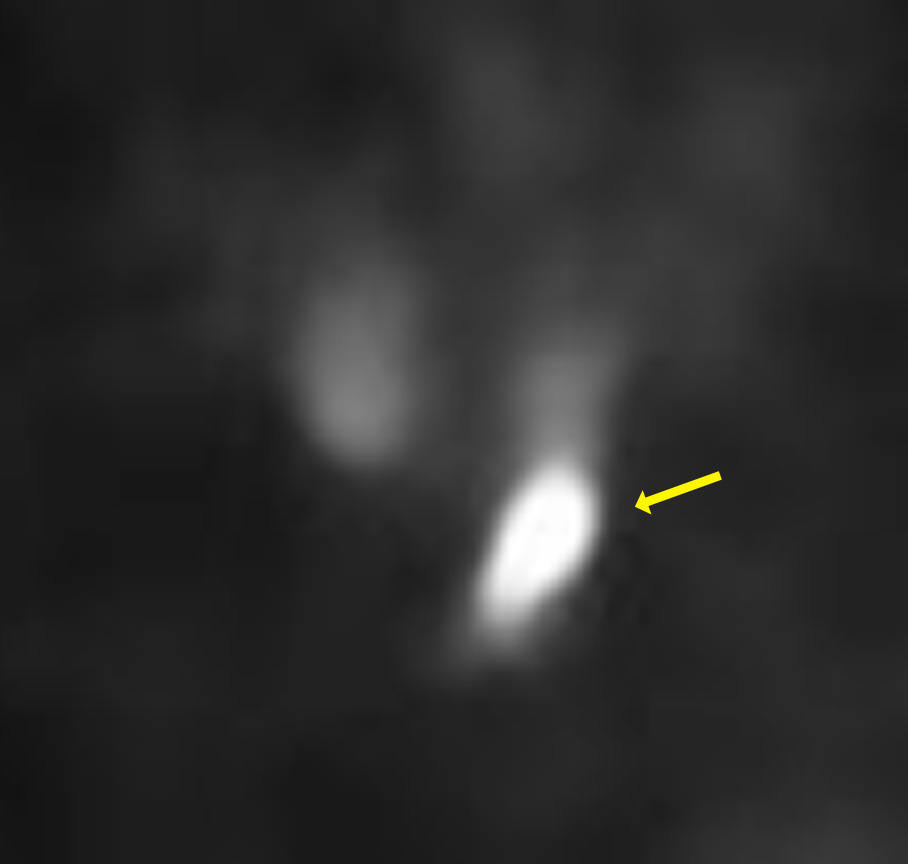
Ziteo’s HD SPECT image of the thyroid and parathyroid function highlighted by Tc-99m-Sestamibi provides a much more differentiated representation of a lesion with increased uptake suggesting a parathyroid adenoma (confirmed by biopsy). A better definition of thyroid function irregularities suggests the potential for more accurate diagnosis of thyroid and parathyroid diseases.
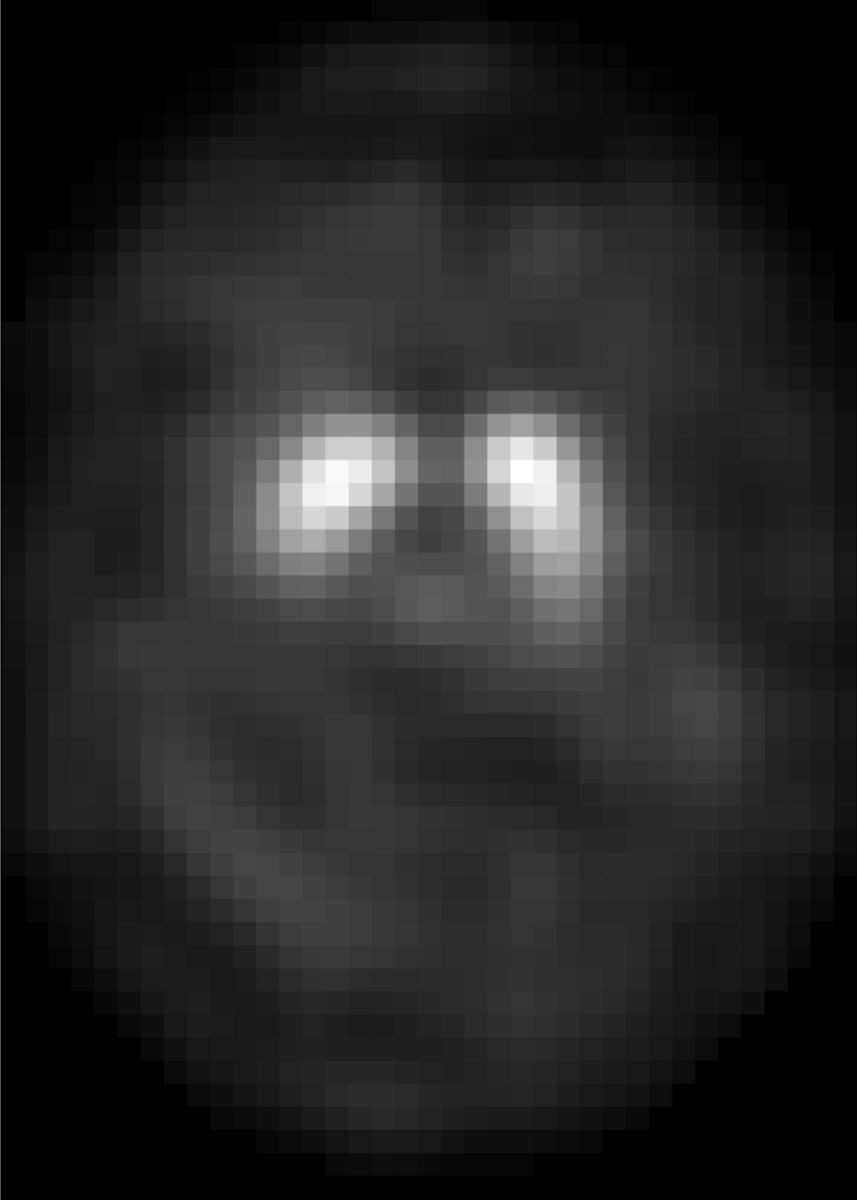
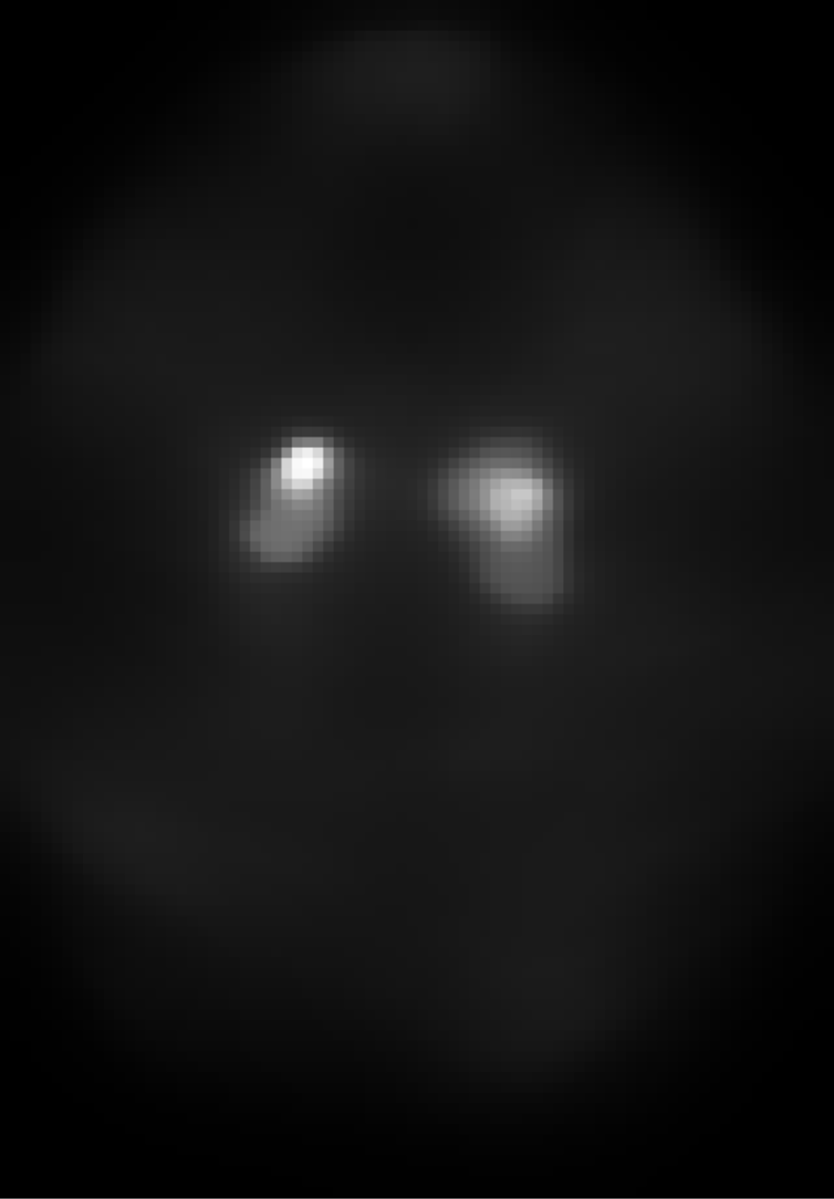
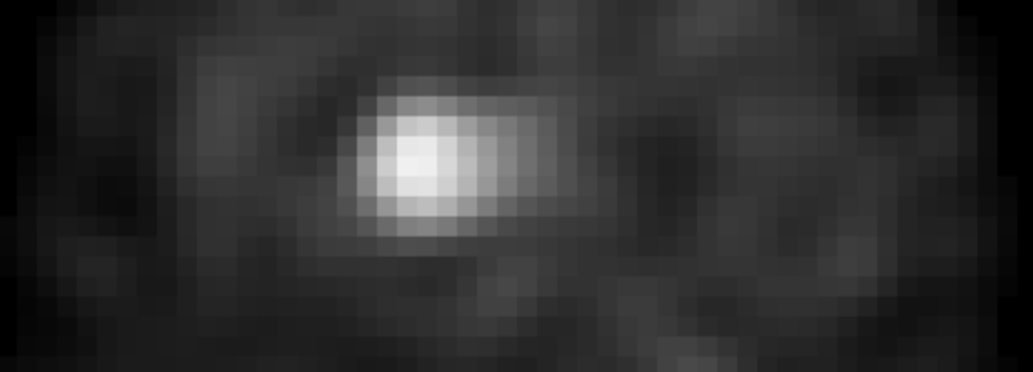

Ziteo’s HD SPECT image of I-123-Ioflupane radiopharmaceutical distribution in the brain of a Parkinson Disease (PD) patient shows much more differentiated levels of activity with more resolution around specific brain structures (caudate and putamen), allowing not only for potentially most accurate and early diagnosis, but also potentially for staging of PD. This may become a key tool for guiding PD treatments of the future.
Citations
- https://itnonline.com/article/state-industry-medical-hybrid-imaging-market (2018)


